
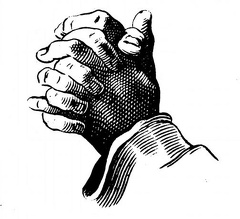 Hands clasped
Hands clasped Praying Hands
Praying Hands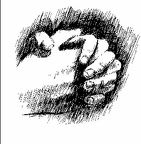 Hands
Hands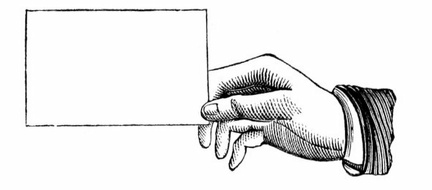 Card
Card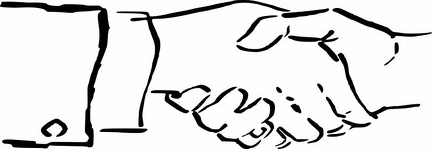 Handshake
Handshake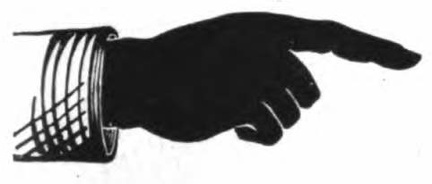 Silhoette - Left Hand pointing
Silhoette - Left Hand pointing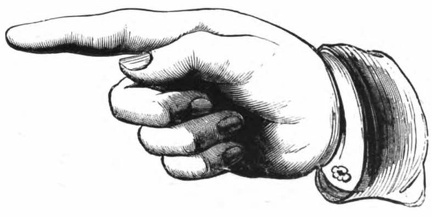 Right Hand Pointing
Right Hand Pointing Right Hand Pointing - Fine detail
Right Hand Pointing - Fine detail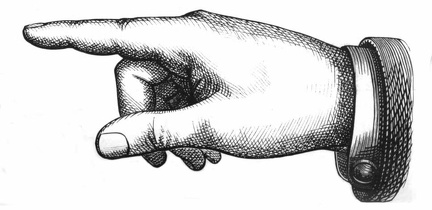 Right Hand Pointing - Coarse Detail
Right Hand Pointing - Coarse Detail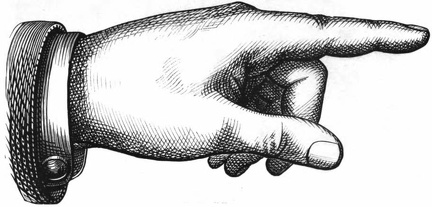 Left Hand Pointing Coarse detail
Left Hand Pointing Coarse detail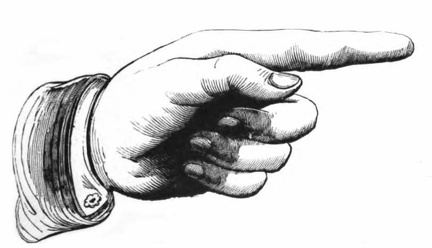 Left hand pointing
Left hand pointing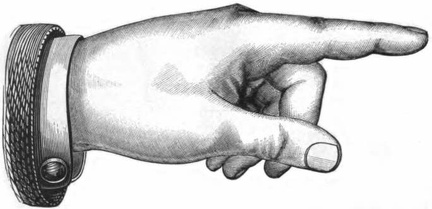 Left Hand Pointing - Fine detail
Left Hand Pointing - Fine detail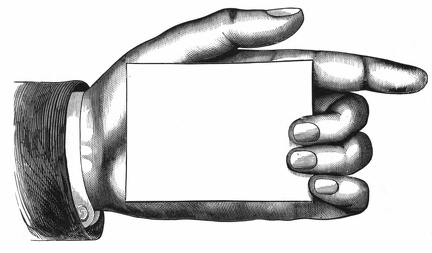 Left Hand holding a card
Left Hand holding a card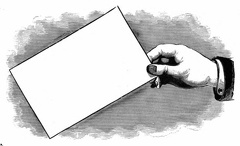 Hand holding Card
Hand holding Card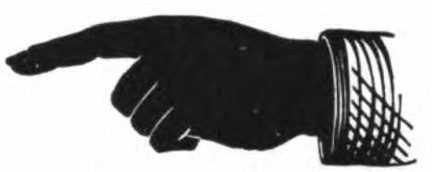 Silhoette - Right Hand pointing
Silhoette - Right Hand pointing How to hold chopsticks
How to hold chopsticks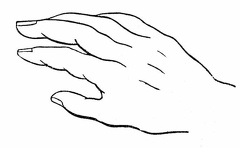 Hand
Hand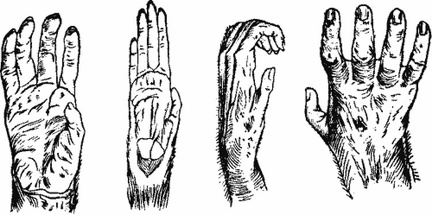 Hand of Gorilla, Orang, Gibbon, and Chimpanzee
Hand of Gorilla, Orang, Gibbon, and Chimpanzee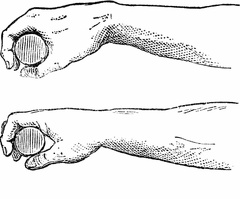 Rowing grip
Rowing grip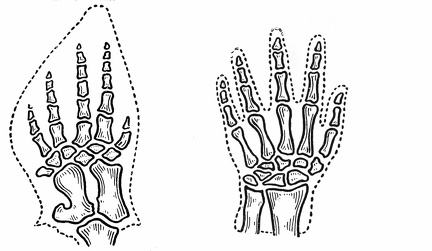 The Flipper of a Whale compared to the hand of man
The Flipper of a Whale compared to the hand of man Positions of the Hands on Divining Rods
Positions of the Hands on Divining Rods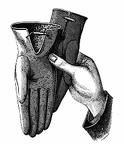 Hand with gloves
Hand with gloves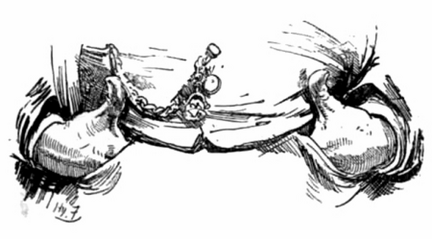 Hands in pockets
Hands in pockets Hand with scale
Hand with scale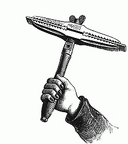 Hand with tool
Hand with tool Open Hand
Open Hand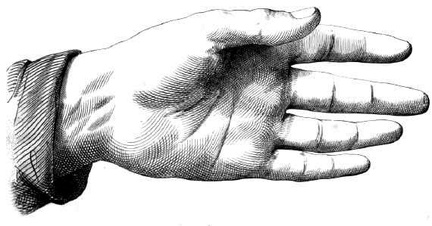 Left Hand
Left Hand



